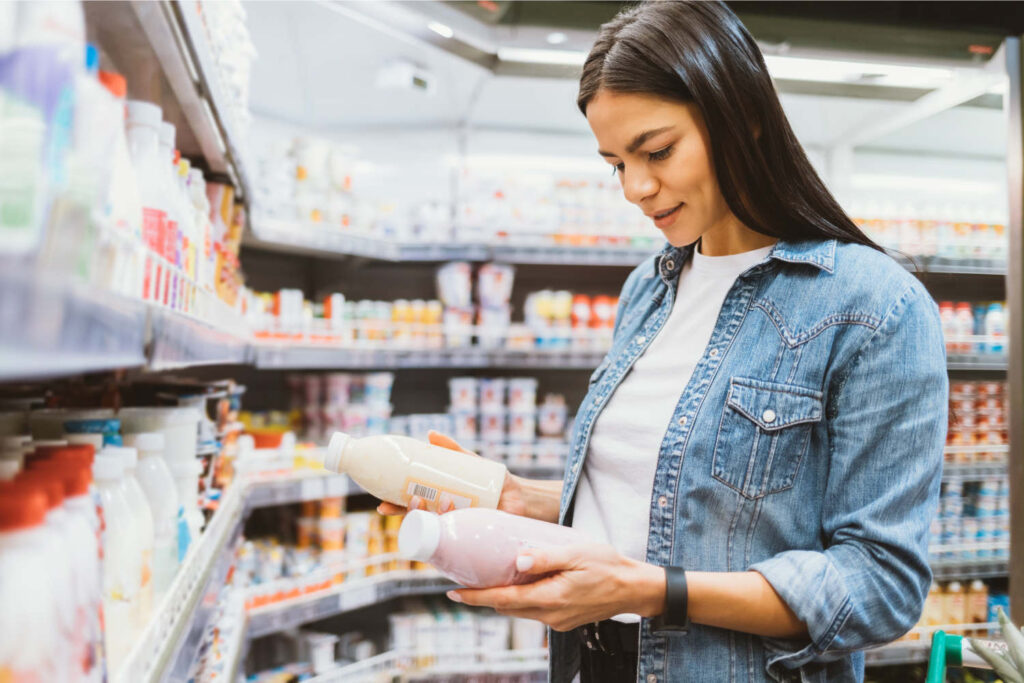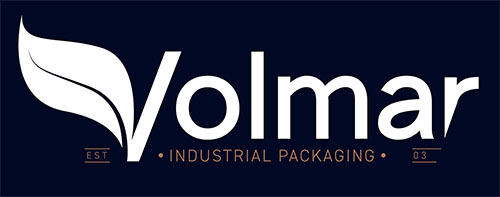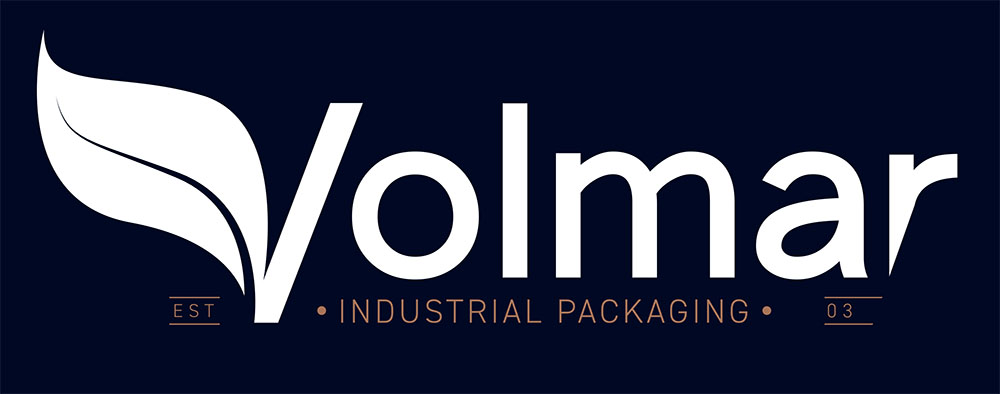
It is mandatory for certain pieces of information to be provided on food labels, while other details are complementary or optional. However, it’s important to know how to read food labels in order to increase customer’s awareness and to ensure labels are clear and easy to understand.
In this article, we provide a complete guide for reading food labels, from the essential requirements to the elements to look out for and carefully consider. Let’s see how to read food labels correctly and ensure useful and complete information is available for consumers.
Food label characteristics, requirements and specifications
These days, consumers often know how to read food labels: they pay more attention to the information provided by companies so they can make informed choices about their consumption. Food labels are a way to inform consumers so they can understand product’s characteristics.
Firstly, a food label must meet some specific requirements:
- It must provide clear information that consumers can understand immediately;
- Graphics and font sizes must ensure they are as legible as possible and easy to read;
- The label must be indelible so that it remains intact after purchase and can be read clearly at any time.
There is also some mandatory information that must always be included, such as the brand, the classification and net quantity of the product without packaging, as well as details of any allergens (if present). Then, companies should always know how to read their own food labels correctly to check they respect the regulations and they are legible.
On one hand, a detailed and easy-to-read food label increases consumers’ trust and reduces the amount of time they need to decide whether to buy the product or not. An incomplete label or one that is hard to read, on the other hand, will discourage consumers from buying the product as it will take too much time and effort to understand all the information and establish whether to purchase it or not.
How to read food labels: what to consider
In order to make sure your food labels not only comply with regulations but they are also easy to read and intuitive, it’s important to check they include all the elements that consumers consider when choosing products. Let’s see what to look for on food labels to provide complete and detailed product data.
Name and description of the food
The main element is obviously the name of the product, which must be accompanied by its classification, i.e. the type of food, such as “frozen”, “powdered” or “smoked”. If there is no standard classification, companies must add a description of the product (e.g. “hazelnut spread”).
Full list of ingredients
Each food product label must list all the ingredients used to produced it, including their compositions (e.g. with cream cookies, the composition of the cream must be stated). Some products are excluded from this obligation, such as those made of only one ingredient, sparkling waters, fresh fruit and vegetables.
The ingredients are reported in descending weight order and any allergens are highlighted in bold; food additives must also be included.
Origin and source of raw materials
This information is mandatory for some products, like fresh meat, fruit and vegetables, extra virgin olive oil and fish. Even when it’s not mandatory, clearly stating the source of a product is appreciated more by consumers, who are more likely to buy products when they know the origin of the raw materials compared to ones they don’t.
How to read nutritional labels
An important feature on food products is the nutritional table and an indication of the calories, which can be expressed as “calories per portion” or “calories per 100 grams”. The table must include the energy value, i.e. the percentage of uptake of a certain nutrient based on a person’s daily requirements, expressed in kilojoules (kJ) or kilocalories (kcal) per 100g or 100ml, and the quantity of fats, saturated fats, salt, sugars, carbohydrates and protein. It can also include information on starch, fibers, polyunsaturated fats and monounsaturated fats.
Food product storage
Another important piece of information on a food label is how to store the product, i.e. the optimal conditions in which to keep the food after purchase to preserve its organoleptic properties. It should also state how to preserve the product after opening the packaging.
As well as the expiry date, the label could include the minimum storage period, which is the recommended best-before date. After this date, the product is still safe to consume but it will start to lose its nutritional and organoleptic properties.
Food products: instructions for use
Instructions for the correct use of food products are often overlooked. However, this information is essential to allow consumers to handle the product safely. They help people to use food correctly to reduce the risk of food poisoning and illnesses related to ingesting food that has not been stored properly.
Guarantees and quality marks
These are important pieces of information to promote products that have particular guarantees and high quality, such as the PDO (Protected Designation of Origin) and PGI (Protected Geographical Indication) marks. The marks are additional to certification and are useful ways for consumers to recognize the quality of a product and the guarantee that it meets specific requirements.

